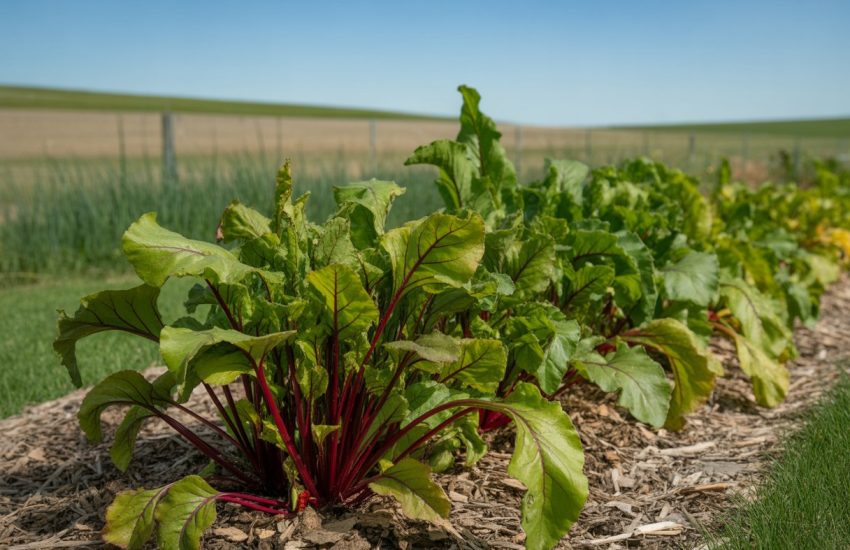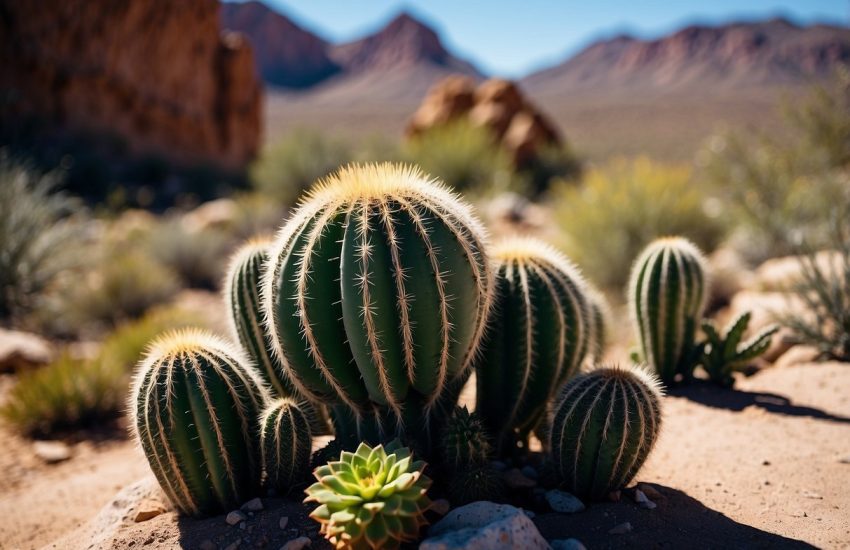Flowers That Look Like Carrot Tops: A Guide to Identifying Them
Some flowers are known for their bright colors, sweet fragrances, and unique shapes. However, there are some flowers that have a striking resemblance to carrot tops. These flowers have delicate, fern-like leaves that are similar in appearance to the feathery green tops of carrots. They are a fascinating addition to any garden and can add a touch of whimsy to any floral arrangement.

One example of a flower that looks like a carrot top is the Ammi Majus, also known as the Queen Anne’s Lace. This flower has lacy, white blooms that resemble a delicate snowflake. The foliage of this plant is also similar to carrot tops, with fine, feathery leaves that add a delicate texture to any garden.
Another flower that resembles carrot tops is the Daucus Carota, also known as the wild carrot. This plant has white, lacy flowers that bloom in clusters and are surrounded by delicate, fern-like foliage. While it may look similar to Queen Anne’s Lace, the wild carrot is actually the ancestor of the cultivated carrot that we eat today.
Identifying Characteristics of Carrot-Top-Like Flowers

Visual Similarities to Carrot Tops
Flowers that look like carrot tops share many visual similarities with the vegetable. The most obvious similarity is the foliage, which resembles the feathery leaves of a carrot plant. The leaves of these flowers are usually green and finely divided, giving them a delicate, lacy appearance. Another similarity is the umbel-shaped flower head, which is a characteristic feature of plants in the Apiaceae family.
The flowers themselves can vary in color, but many species have white or purple blooms. Some species also have hairy stems or leaves, which can help distinguish them from their lookalikes. Additionally, the height of these plants can range from a few inches to several feet, depending on the species.
Common Species with Carrot-Top Appearance
One of the most well-known species of flowers that look like carrot tops is Queen Anne’s lace (Daucus carota), also known as wild carrot. This biennial plant is native to Europe but has become naturalized in many parts of the world, including North America. It can be found growing along roadsides, in fields, and in other disturbed areas.
Another species that shares many visual similarities with carrot tops is poison hemlock (Conium maculatum), which is also a member of the Apiaceae family. Unlike Queen Anne’s lace, however, poison hemlock is highly toxic and should not be consumed. It can be identified by its green leaves, which are hairless and have a distinctive odor when crushed.
Other species of flowers that look like carrot tops include yarrow (Achillea millefolium), wild celery (Lomatium), and myrrhis odorata, which is sometimes called sweet cicely. These plants can be used in landscaping or as cut flowers, but it’s important to be careful when handling them, as some species can be invasive or toxic.
Overall, identifying flowers that look like carrot tops requires careful attention to their foliage, flowers, and other characteristics. By learning to recognize these plants, you can appreciate their beauty while also avoiding any potential health risks.
Ecological Impact and Human Interaction

Role in Ecosystems
Flowers that look like carrot tops play an important role in ecosystems by providing food and habitat for pollinators such as bees and other insects. They also help to prevent soil erosion and improve soil quality by adding organic matter to the soil. Some species of these flowers are also known to be drought tolerant and can survive in harsh conditions.
Culinary and Medicinal Uses
While some species of these flowers are edible and have culinary uses, others are toxic and should not be consumed. The edible varieties can be used in salads, soups, and as a garnish. Some species are also used in traditional medicine to treat various ailments such as digestive issues and respiratory problems.
Safety and Management
It is important to note that not all flowers that look like carrot tops are safe for consumption. Some species such as water hemlock and deadly biscuitroot are highly toxic and can be fatal if ingested. It is important to properly identify these plants before consuming them or using them for medicinal purposes.
In terms of management, some species of these flowers are considered noxious weeds and can be harmful to livestock and wild animals. They can also be a nuisance in lawns and gardens. It is important to properly manage these plants to prevent them from spreading and causing harm to the environment.
Overall, flowers that look like carrot tops have both ecological and human benefits, but it is important to properly identify and manage these plants to ensure their safety and prevent any negative impacts on the environment.


